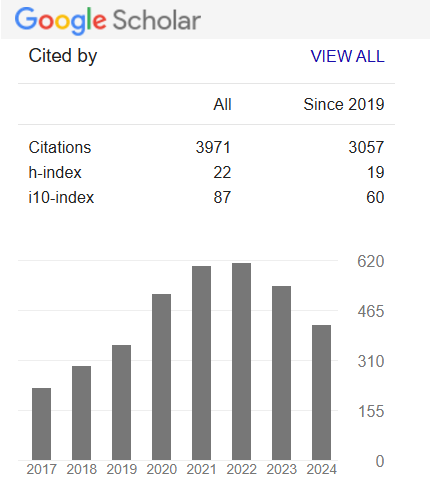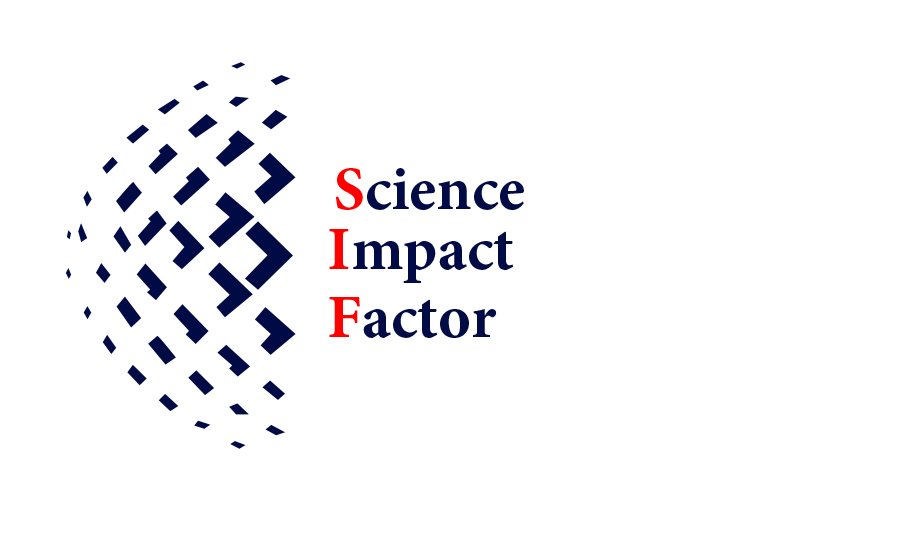The Ecological Role and Diversity of Macrofungi from North Maharashtra
Saprophytic fungi are essential for soil health and fertility.
Keywords:
Saprophytic fungi, decomposition, morphology, ecological role, edible fungi, toxic fungi, soil fertility, fungal diversityAbstract
ABSTRACT
Saprophytic fungi are vital organisms in ecosystems, playing a key role in the decomposition of organic material and the cycling of essential nutrients. This paper provides a detailed examination of saprophytic fungi, focusing on their morphology, ecological role, and identification methods, as well as the implications for both ecosystem health and human safety. The ecological significance of saprophytic fungi is tempered by the risks they pose to humans. While many species are edible and have culinary or medicinal value, others are highly toxic and can lead to severe health issues, including poisoning or even death. Therefor, identification is crucial, particularly for mushroom foragers, to avoid consuming toxic species. Their identification is both an ecological and safety imperative, as the same features that allow researchers to understand fungal ecology can also aid in distinguishing between edible and toxic species. Despite the critical ecological functions they provide, macrofungi remain understudied, especially in less-explored “ecosystems” like tropical rainforests and remote highlands. This diversity enhances ecological resilience and has economic and medicinal importance, as many macrofungi are utilized in food and medicine. Understanding the factors that drive macrofungal diversity is essential for biodiversity conservation and the sustainable management of ecosystems.
Downloads
References
REFERENCES
1. Noor Aisyah Mohd Nordin1, Nur Ain Izzati Mohd Zainudin1,2*, Wan Mohd Syazwan1, Nor Azwady Abd Aziz1 , Mohd Termizi Yusof3 , Nurul Shazini Ramli4 (2024) Unveiling The Diversity and Ecological Roles of Macrofungi in Ayer Hitam Forest Reserve, Selangor, Malaysia. Malaysian Applied Biology (2024) 53(3): 59-70 https://doi.org/10.55230/mabjournal.v53i3.2996.
2. Alexopoulos, C. J., Mims, C. W., & Blackwell, M. (1996). Introductory Mycology (4th ed.). John Wiley & Sons.
3. Peay, K. G., Schubert, M. G., & Bruns, T. D. (2010). Metagenomic Analysis of the Fungal Microbiota of the California Bay Laurel Forests. PLoS ONE, 5(8), e11142. https://doi.org/10.1371/journal.pone.0011142
4. Purdue, R. R., & Allen, M. F. (2006). Macrofungi and Ecosystem Function. Fungal Diversity, 21(1), 109-123.
5. Schmit, J. P., & Mueller, G. M. (2007). An Annotated List of the Macrofungi of the Great Smoky Mountains National Park. Mycological Research, 111(1), 107-118.
6. Vasilenko, M. M., Demidchik, S. V., & Shcherbina, A. A. (2012). The Diversity of Macrofungi in the Forest Ecosystems of the Russian Far East. Mycological Progress, 11(1), 89-98.
7. Patil, S. B., Patil, S. M., & Bhamare, A. S. (2018). Diversity and Distribution of Macrofungi in Forest Ecosystems of Maharashtra, India. Fungal Diversity, 37(1), 85-95.
8. Madhusoodanan, P. V., Kumar, A. S., & Kumar, R. (2008). Macrofungal Diversity in Maharashtra, India: A Preliminary Survey of Edible and Medicinal Fungi. Journal of Mycology and Plant Pathology, 38(2), 242-250.
9. Patil, S. B., Wani, S. M., & Mahajan, P. K. (2019). Fungal Diversity in the Deccan Plateau Region of Maharashtra, India: Ecological and Economic Perspectives. Mycosphere, 10(3), 269-278.
10. Gajbhiye, A., & Ingole, S. (2017). Fungal Diversity in the Western Ghats of Maharashtra, India. Mycosphere, 8(5), 639-645.
11. Brundrett, M. C. (2009). Mycorrhizal associations and other functional diversity in the rhizosphere. Mycorrhizal Symbiosis, 56(4), 253–278.
12. Hickin, E. R. (1971). The role of fungi in forest ecology. Canadian Journal of Forest Research, 1(1), 19–23.
13. Kozlowski, J., Kaczmarek, Z., & Karpiński, A. (2020). Ecological roles of fungi in terrestrial ecosystems: A review of the potential contributions of macrofungi. Biological Journal of the Linnean Society, 129(3), 406–420.
14. Lücking, R., et al. (2020). Fungal taxonomy and sequence-based nomenclature. Nature Microbiology, 5(4), 540-548.
15. Smith, S. E., & Read, D. J. (2008). Mycorrhizal Symbiosis (3rd ed.). Academic Press.
16. Vasilenko, L., et al. (2020). The role of macrofungi in bioremediation of environmental pollutants: A review. Fungal Ecology, 45, 47–57.
17. Shinde, S. M., Gaikwad, N. N. (2016). Macrofungal diversity in the moist deciduous forests of North Maharashtra. Fungal Ecology, 19, 58-63.
18. Kadam, A. V., & Pawar, R. K. (2015). Diversity and distribution of macrofungi in the forests of North Maharashtra. Indian Journal of Mycology, 9(1), 48-53.
Downloads
Published
How to Cite
Issue
Section
License
Copyright (c) 2025 Dipashri Chaudhari

This work is licensed under a Creative Commons Attribution-NonCommercial-NoDerivatives 4.0 International License.
Open Access This article is licensed under a Creative Commons Attribution 4.0 International License, which permits use, sharing, adaptation, distribution and reproduction in any medium or format, as long as you give appropriate credit to the original author(s) and the source, provide a link to the Creative Commons license, and indicate if changes were made. The images or other third party material in this article are included in the article’s Creative Commons license unless indicated otherwise in a credit line to the material. If the material is not included in the article’s Creative Commons license and your intended use is not permitted by statutory regulation or exceeds the permitted use, you will need to obtain permission directly from the copyright holder. To view a copy of this license, visit http://creativecommons.org/ licenses/by/4.0/










